At the start of July, the year’s first named hurricane, Beryl, hit tropical islands in the southeast of the Caribbean.
The storm, which is classified as a Category 4, is heading westwards towards Central America and is already breaking records.
Breaking Records
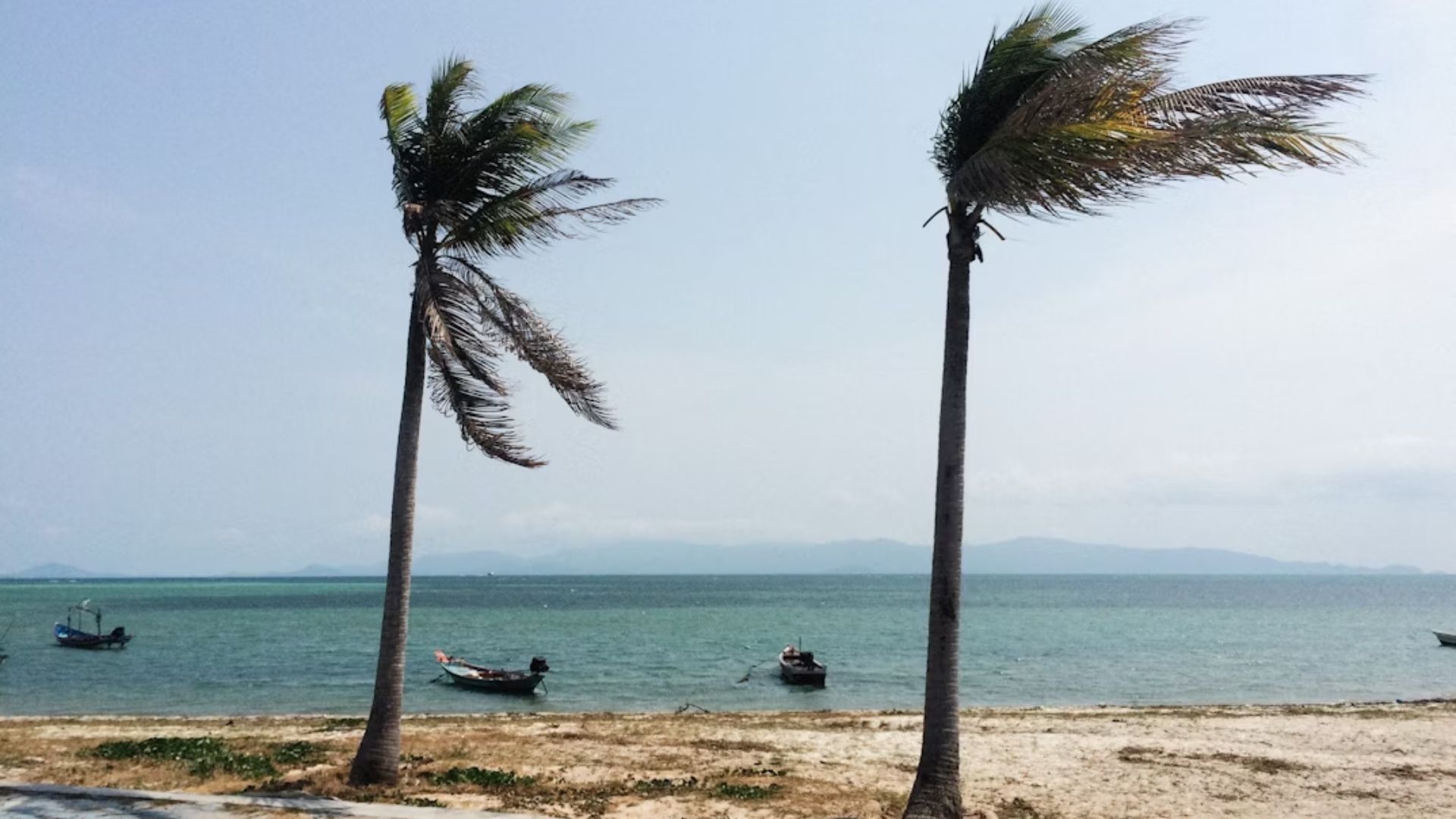
Hurricane Beryl became a Category 4 hurricane earlier than any other previously recorded storm.
Meanwhile, Beryl intensified at record speeds- moving from Category 1 to Category 4 in less than 24 hours; quicker than any other storm this early in the year.
How Are Hurricanes Categorized?
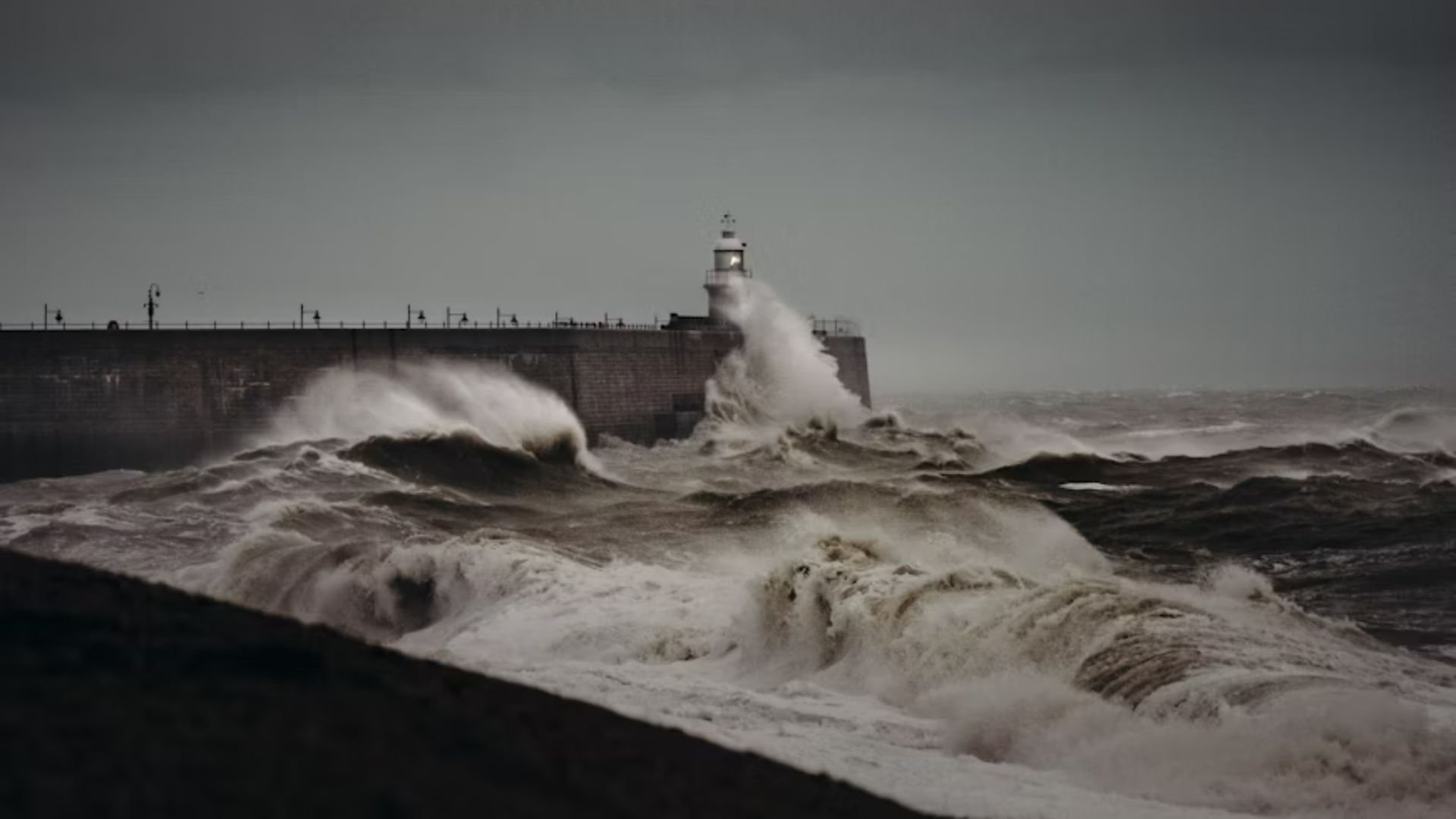
The SAFFIR-SIMPSON Hurricane Scale classifies hurricanes from weakest to strongest on a scale of Category one to Category five.
Category one involves wind speeds of 74-95 miles per hour (mph), category two; 96-110 mph, category three; 111-130 mph, category four; 131-155 mph, category 5; >155 mph.
Caribbean’s Vulnerability

Caribbean nations are vulnerable to hurricanes as they lay in their paths. These storms usually form in the Atlantic Ocean and then proceed to travel west.
However, Caribbean islands also have a world-beating defense system against hurricanes like Beryl, in the form of coral reefs.
The Importance of Coral Reefs
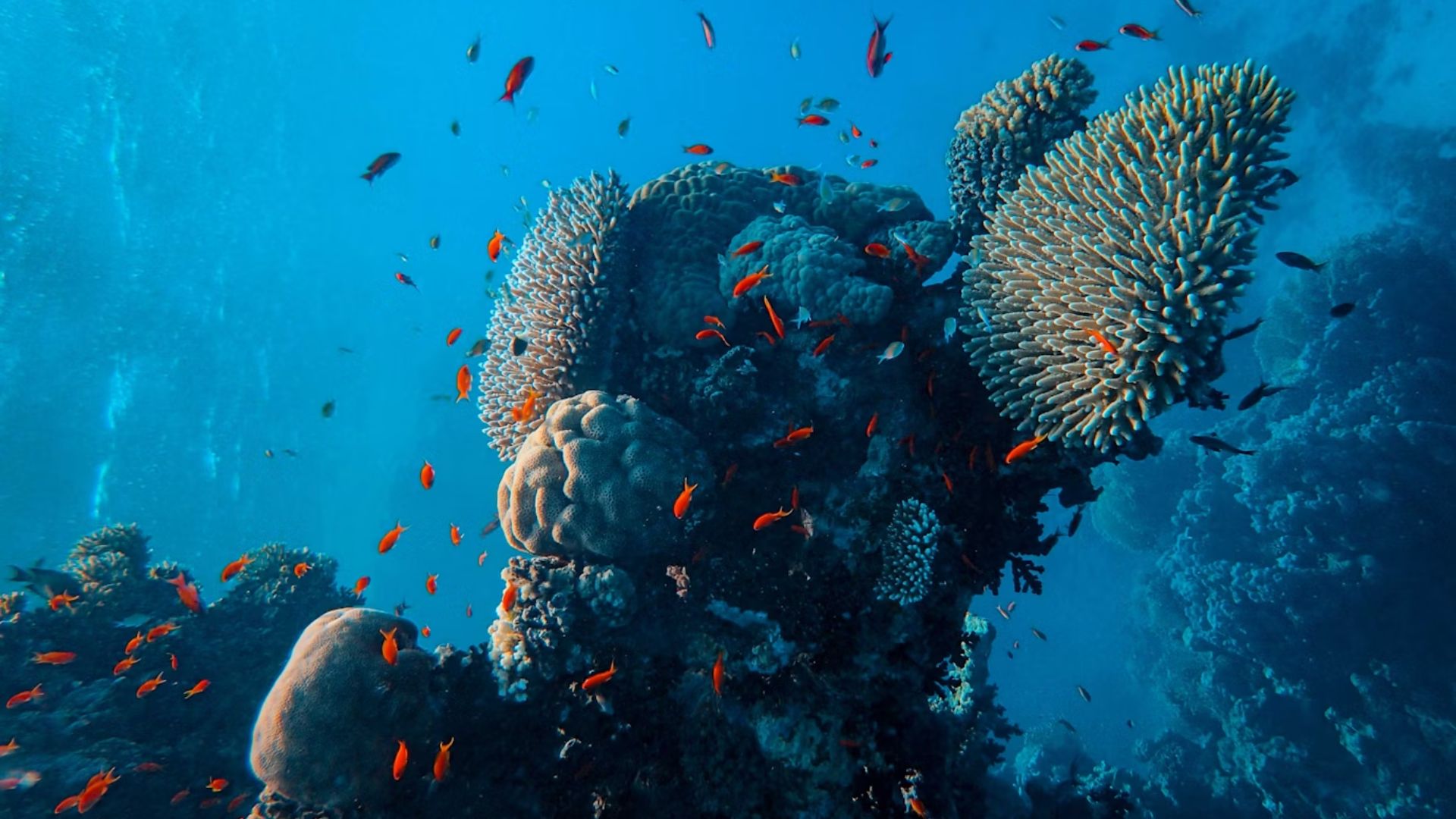
Most Caribbean nations are surrounded by coral reefs; a patchwork of living animals that act as a natural seawall.
The rocklike creatures serve to dampen waves and, per Vox’s Benji Jones, “coral reefs help dozens of countries avert billions of dollars in flood damage each year, in the Caribbean and globally.”
The Science of Coral Reefs
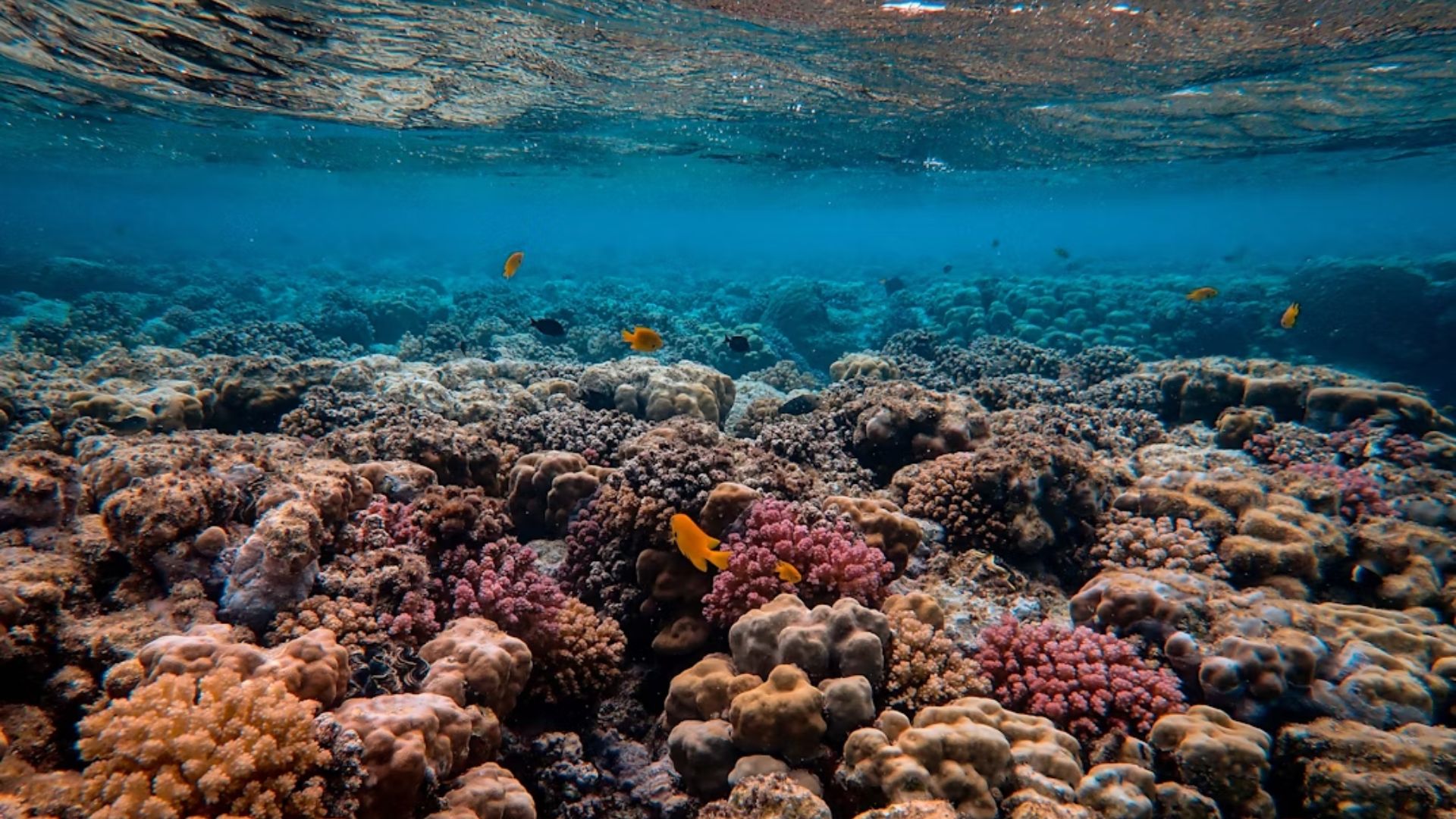
Coral reefs serve to protect coastlines during storms. Waves lose energy when they hit coral reefs, and the bigger the reef, the more the wave’s energy dissipates.
Studies have shown that more than 90 percent of wave energy can be dissipated by coral reefs.
Extent of Protection Offered By Coral Reefs
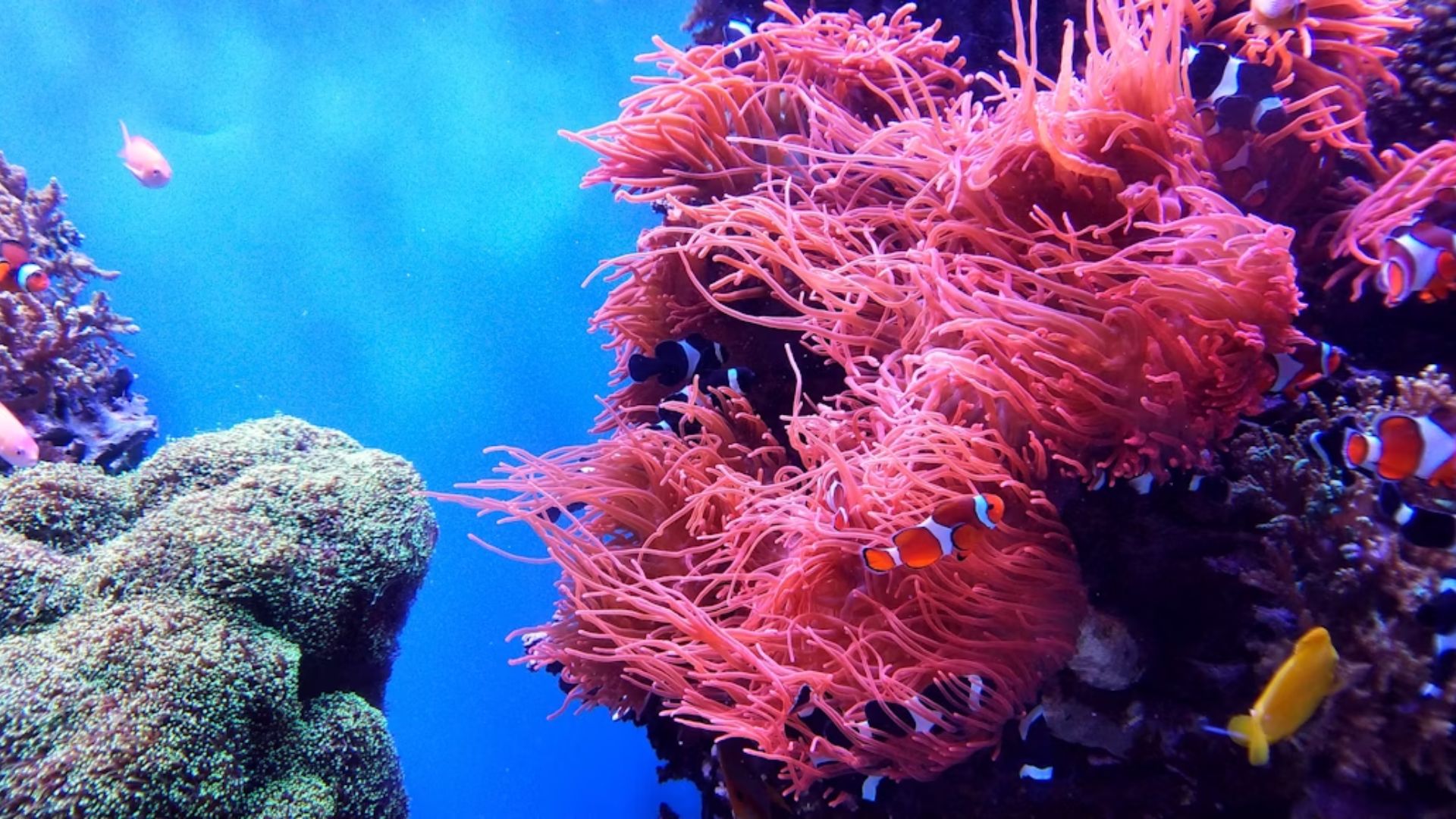
Across the US, including Caribbean islands, coral reefs serve to safeguard the homes of nearly 20,000 people and avert nearly $2 billion in flood damage every year.
“Without reefs, annual damages would more than double,” a Nature Communication study showed.
Full Extent of Coral Reef Destruction
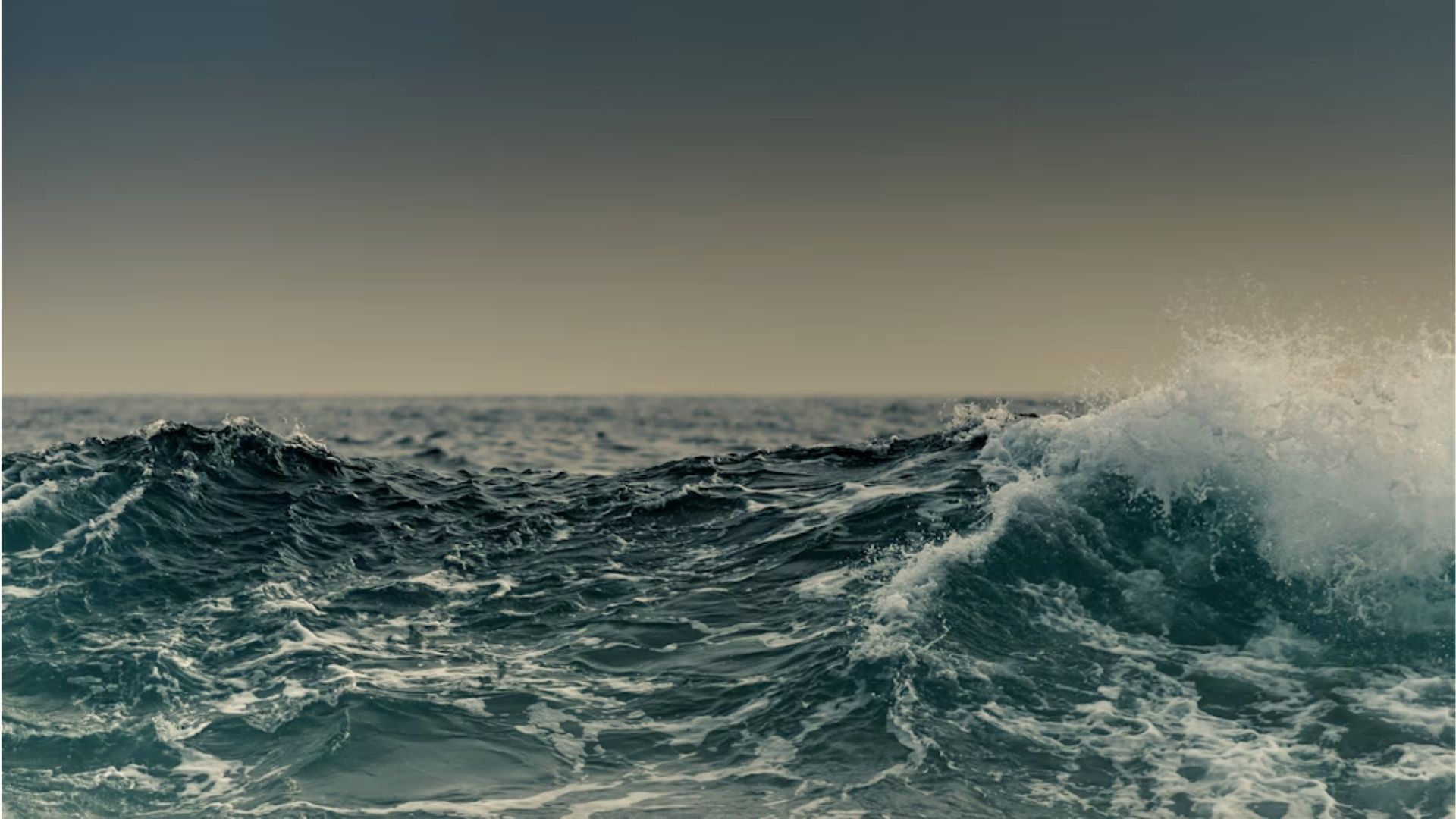
Live hard corals have fallen by 80% in the Caribbean in recent decades, with even steeper declines in the Florida Keys.
Elkhorn coral is particularly endangered, with Vox reporting that, “By the 1980s, coverage of the coral had fallen to less than 2 percent, a number that has likely only shrunk further in the years since.”
Reasons For Coral Destruction

Much of the current coral destruction can be attributed to human actions – such as fishing and coastal construction.
Meanwhile, warming ocean water causes the algae inside coral reefs to break down, leading to weaker, bleached corals.
The Role of Climate Change
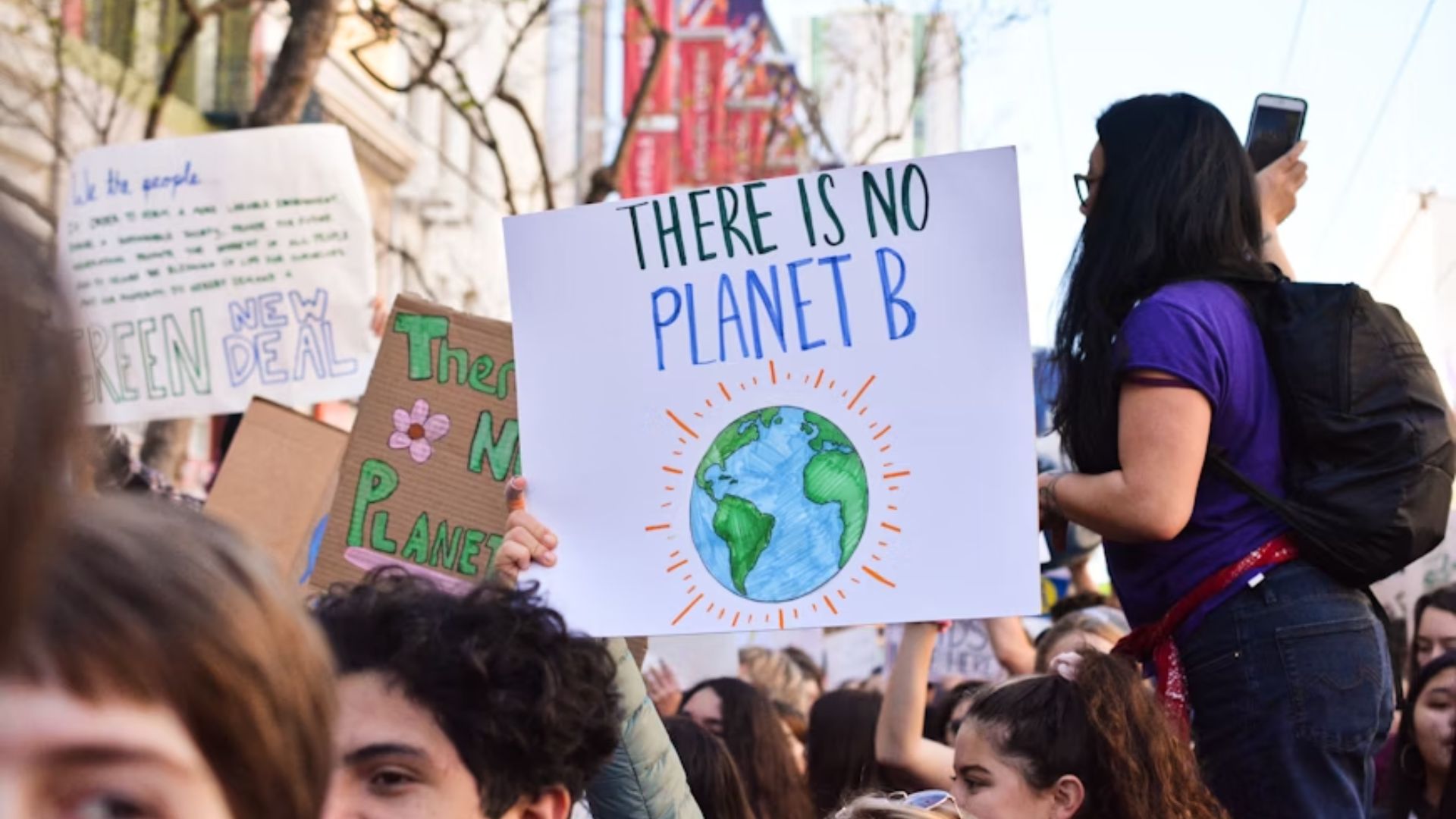
“The most enduring and existential problem, however, is climate change,” writes Benji Jones.
Warming waters have a damaging impact – contributing to bleaching corals, increasing rainfall, and intensifying the speed of hurricanes.


